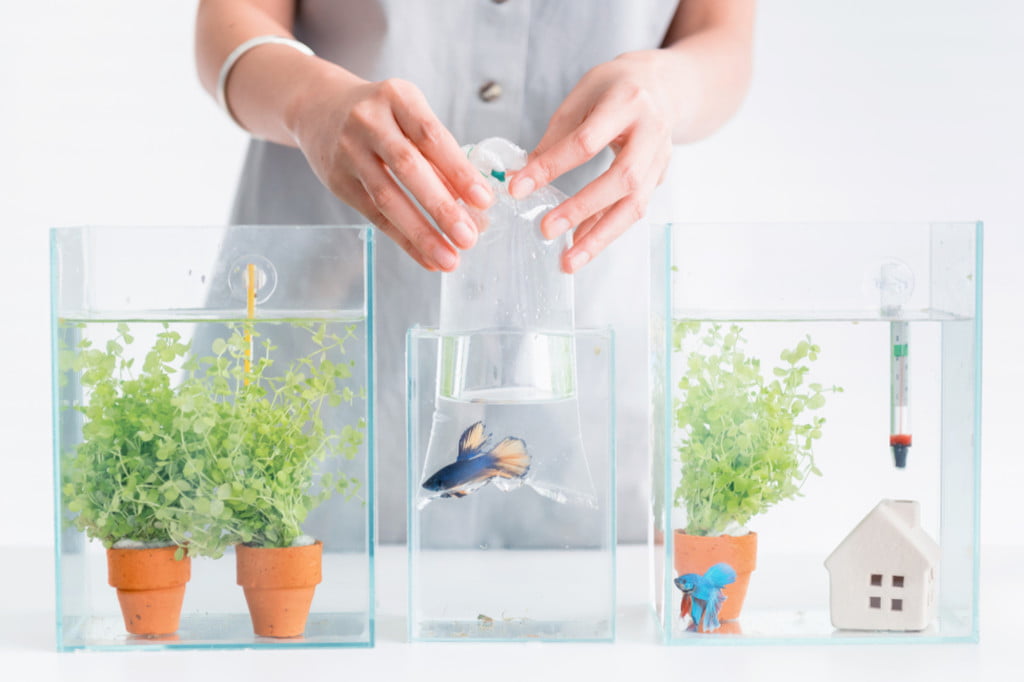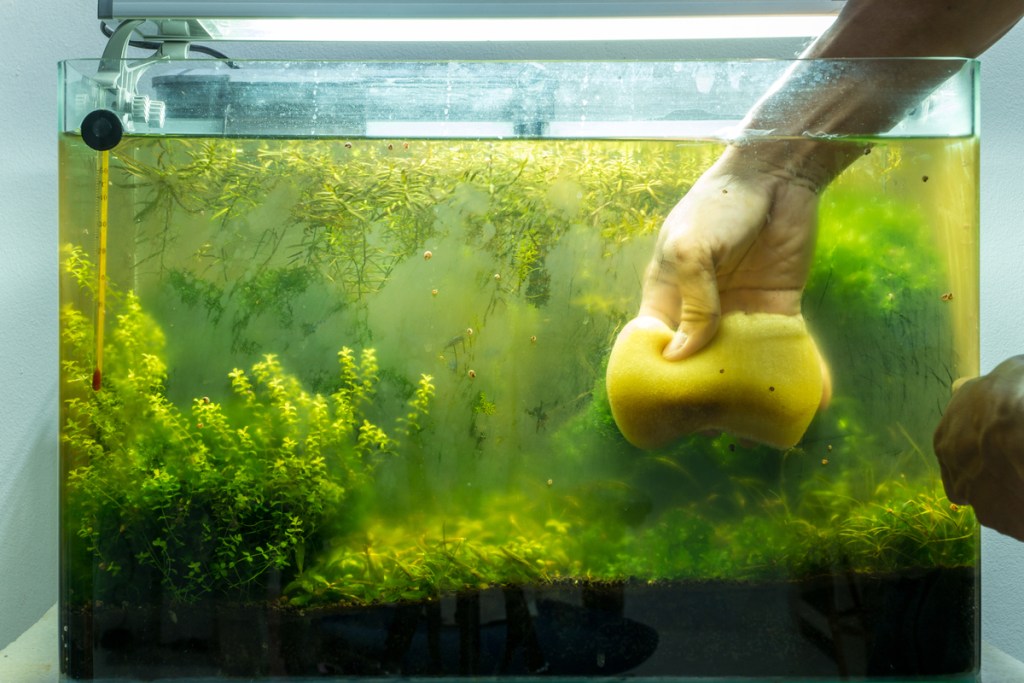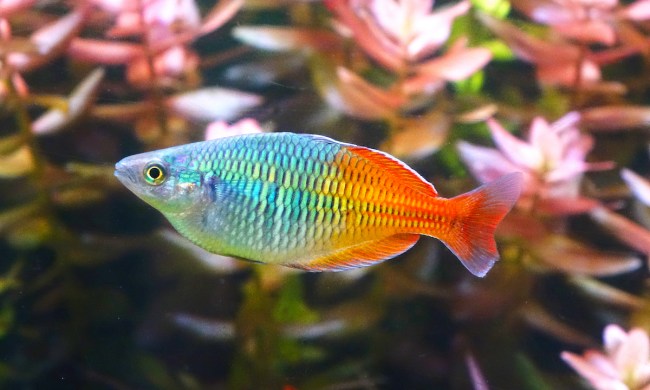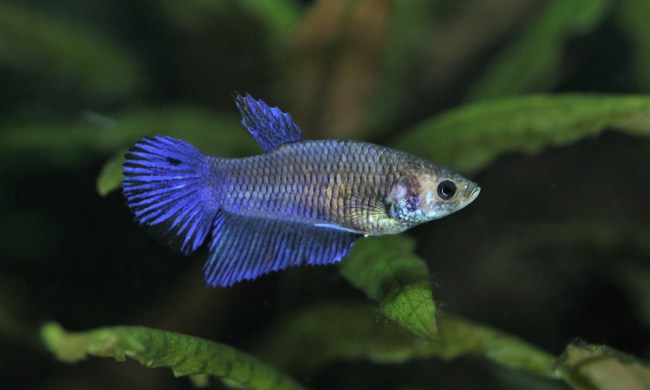If your aquarium water is looking greener by the day, it's time to jump in and fix it. Sometimes what started out as crystal clear liquid turns into foggy green water, and so dark you can barely see your fish. It’s a common problem, but there are many ways you can fix it. If you’re finding yourself wondering, “Why is my fish tank green?” then this information can clear up the mystery — and help you clear up your tank.

What turns aquarium water green
When you understand what turns aquarium water green, you can take the right steps to solve the problem. At the most basic level, the green is caused by tiny bits of algae. These flora are called phytoplankton, and you can only see them with a microscope. When phytoplankton become too concentrated in your tank, they’ll turn the water green, also called an algae bloom. If left untreated, your aquarium water can become a thick yellowish green.
In most cases, this greenish water isn’t harming your fish or plants, but it’s definitely ugly to look at.
There are three potential causes of too much phytoplankton.
Excessive light. Remember that phytoplankton is algae, a type of plant, and light helps plants grow. If you’re using an aquarium light that’s too strong for the tank’s size, or if you’re leaving the light on too many hours per day, you could be driving the algae growth.
Sunlight can also be the culprit here. If your tank is positioned near a window, even with the tank light off, it could still be overexposed to light, allowing the algae to flourish.
Nutrients out of balance. Your aquarium plants need the right balance of nutrients to grow, but algae also feed on those nutrients. Too many or too few could be skewing the water quality, allowing algae to thrive.
Not enough tank maintenance. Your aquarium needs regular maintenance to keep that beautiful, clear water from getting cloudy and green. Basic upkeep like water changes, filter cleanings, and water quality testing is important to the tank’s environment. If you’re not doing these things as often as you should be, you could be contributing to the algae overgrowth.

Is green water harmful to fish?
For the most part, you don't have to worry about any of your fish or plants dying because the water suddenly turns green. Fish will continue to swim along happily in the hazy pool. After all, you have almost certainly seen animals living in murky water in nature, like in a pond or lake for instance. However, very extreme cases can block light, which isn't good for flora or fauna.
Even more concerning, an algae bloom frequently points to an underlying issue that could become harmful with time. For example, if you have too many fish in your tank, you might see the water getting greener. While the plankton itself won't do any damage, the overcrowding will.

How to fix your green water problem
To get rid of your green water, you’ll need to first identify what’s causing it. In some situations, multiple factors can contribute to the issue and determine possible solutions.
Step 1: Use a UV sterilizer.
If you want to get rid of your green water right away, an ultraviolet (UV) sterilizer can help. The UV chamber works to eliminate algae as water flows through it, so you could start to see clearer water in just a few days. While this cuts the problem quickly, it doesn't tackle the underlying issue.
Step 2: Reduce light.
Use your tank light for only 8 to 10 hours per day, and try swapping in a lower-wattage bulb. If your tank is by a window, move it somewhere that receives less natural light and see if that makes a difference.
Step 3: Fix water imbalances.
Testing your water can reveal imbalances in nitrate and phosphate levels, which can prompt algae growth. If you have too many fish in your tank, they’ll drive up your levels. Reducing your number of fish or putting them in a larger aquarium can help solve this water imbalance.
Step 4: Clean your tank.
Regular tank maintenance and cleaning are essential to prevent green water and algae. Change out at least 20% of your tank’s water every week (in a big tank, a smaller size might require 10%), and set yourself a calendar reminder so that you don’t miss these important chores. Plan regular deep cleanings, too. It’s possible to deep clean your aquarium in just one hour, so add these cleanings to your schedule.
Step 5: Change the filters.
Be sure to also put filter change due dates into your calendar. Regularly changing your tank’s filters will allow the system to perform at its best. This can even lengthen the life of your filtration system.
It may take some time before you identify just what’s causing your green water issue, but following these steps can help clear up your water. With regular cleanings and correct water balances, you’ll be making your aquarium a healthier environment for all your creatures.



